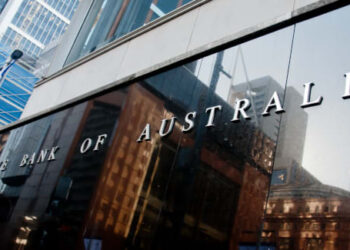The Australian Prudential Regulation Authority (APRA) confirmed last year it will gradually eliminate the use of Additional Tier 1 (AT1) capital instruments, known as hybrids, to provide more “simplicity and clarity in a time of crisis”.
Hybrids, which generate regular distribution income and franking credits for local debt investors, have been described by the Janus Henderson fixed interest team as “a much-loved sector of the Australian income market” that has served investors well over the past few decades.
According to portfolio manager Shan Kwee and credit analyst Dinesh Kuhadas, APRA’s decision will have significant implications for bank credit quality and market dynamics. They noted that the decision could impact how credit rating agencies may evaluate Australian banks on a global scale.
“In the absence of any mitigating action taken by management teams, we expect at least one major bank may have their stand-alone credit profile downgraded, which will impact ratings on their Tier 2 and AT1 securities while their senior credit rating should remain the same,” the duo said.
Moreover, APRA’s amendments will place the Australian banking system, which will operate without this layer of AT1 capital, in a “globally unique position”, the pair observed.
APRA’s amendments to the capital framework will be finalised this year and will come into effect from 1 January 2027, meaning that existing hybrids are likely to be replaced with Tier 2 capital.
With an avenue provided by APRA for banks to roll over their existing hybrids under certain conditions, Kwee and Kuhadas predict banks with sufficient capacity will immediately begin replacing hybrids with Tier 2.
“We expect the main consequence of the regulatory changes will be increased levels of Tier 2 to replace hybrids,” they said, adding that four major banks and Macquarie will be required to have a small additional amount of common equity capital.
Janus Henderson noted that most banks have sufficient Tier 1 capital buffers to manage the transition away from hybrids by 2032.
Remaining choices for higher income investors
Despite a “concerted lobbying effort” to overturn APRA’s decision, Janus Henderson’s team anticipates the rise of “other types of income investment opportunities” to fill the void left by the $47 billion hybrid market.
These opportunities may include corporate subordinated debt, foreign bank AT1, limited recourse capital notes and listed structures, with a potential rise in listed investment trusts or exchange-traded funds for investors that prefer listed instruments.
The team highlighted that credit markets have become more diverse and more liquid than ever before, providing “plenty of investment choices”.
“There are a number of funds with solid longer-term track records available to fill investors’ income needs in a post-hybrid world. Some are specialised single credit capabilities which target one area of the broader credit market,” the duo said.
Across public markers, options include corporate investment grade, high yield, asset backed, emerging market debt and collateralised loan obligations, as well as the semi-private syndicated loan markets and private credit markets.
Janus Henderson’s team favours a more diversified approach to credit income investing, reducing its reliance on the local hybrid market.
Kwee and Kuhadas said they have “fully divested” from ASX-listed hybrids due to their “now-poor relative value”.
“We have favoured a rotation into exposures in bank Tier 2 debt, global secured loans and the senior debt of Australian investment grade companies, which are offering better risk-adjusted value for investors.
“For income investors in Australia, 2024 will likely be remembered as the year in which APRA announced it would give Australian hybrids ‘the long kiss goodnight’.
“Since that announcement, enthusiastic market pricing has brought forward the risk of underperformance for those remaining hybrid holders,” the team said.







